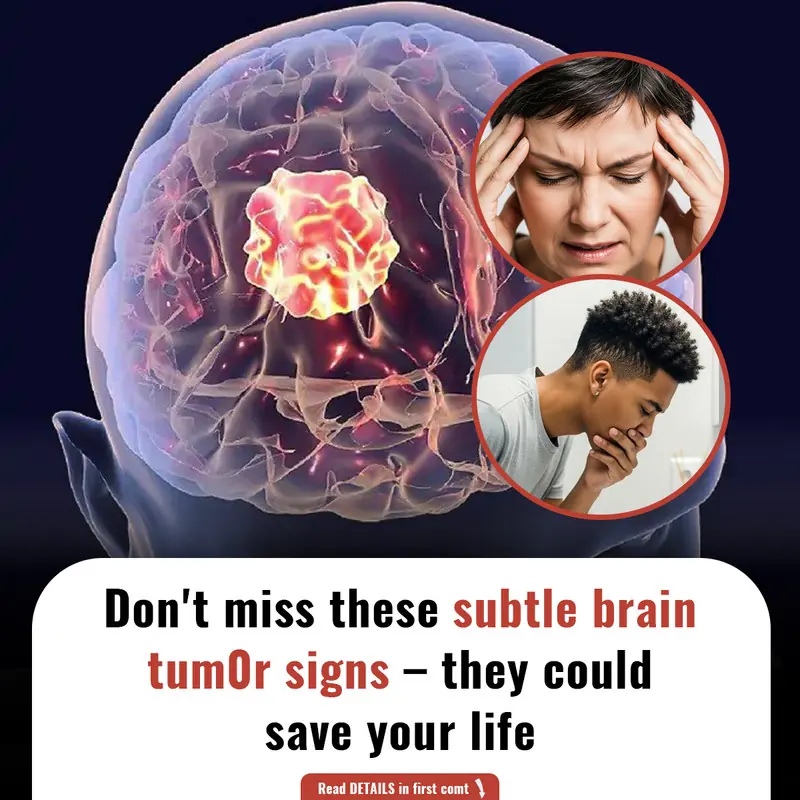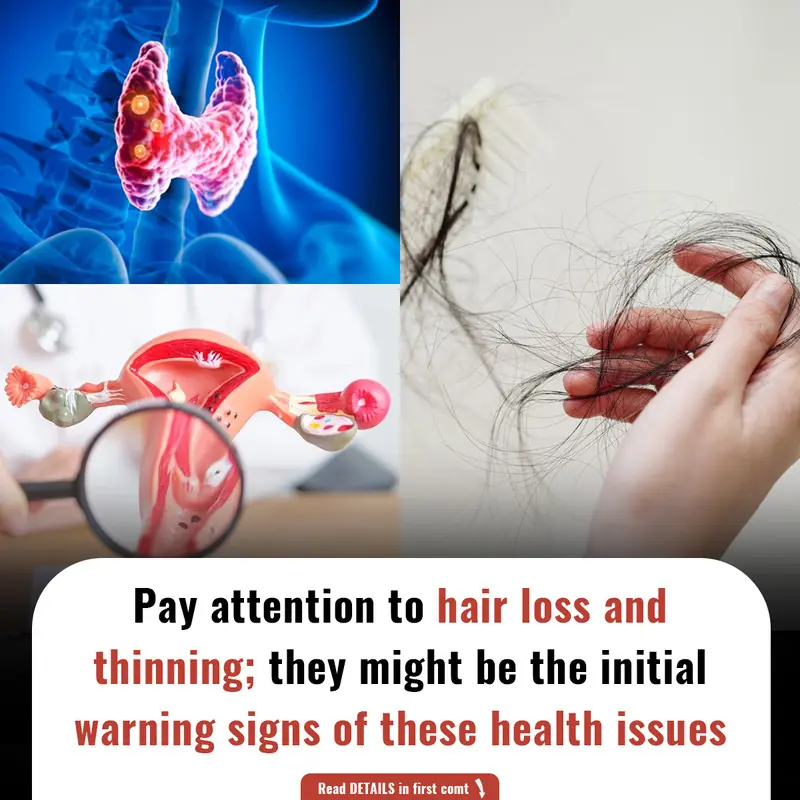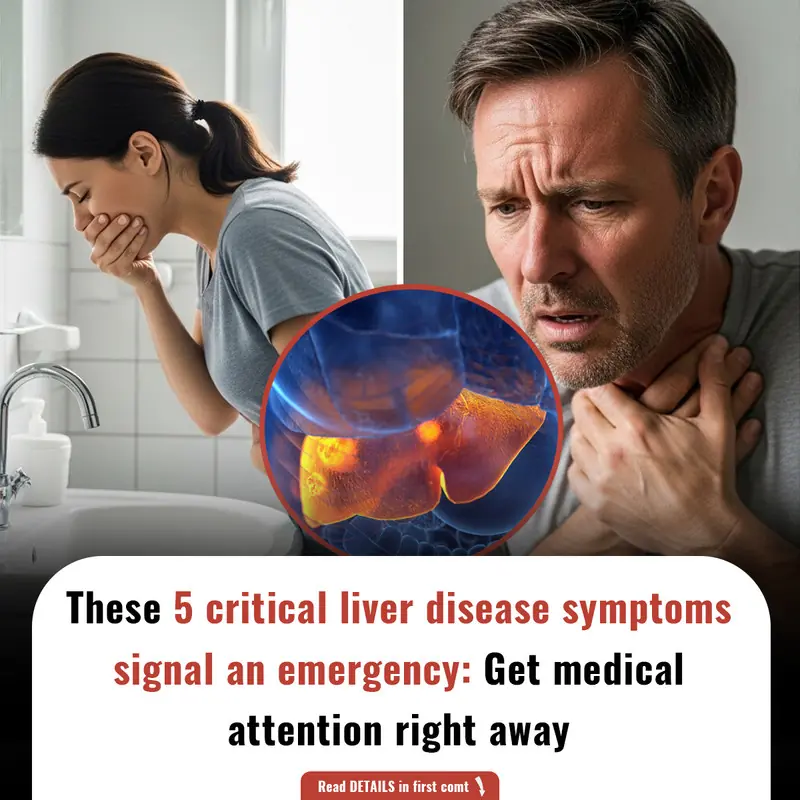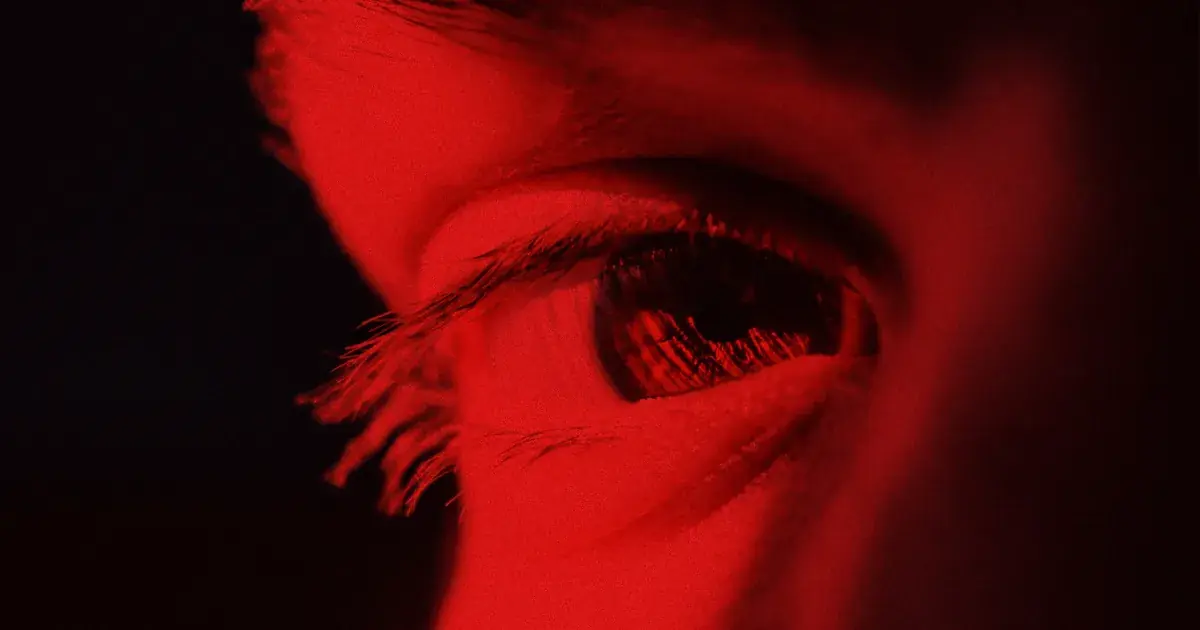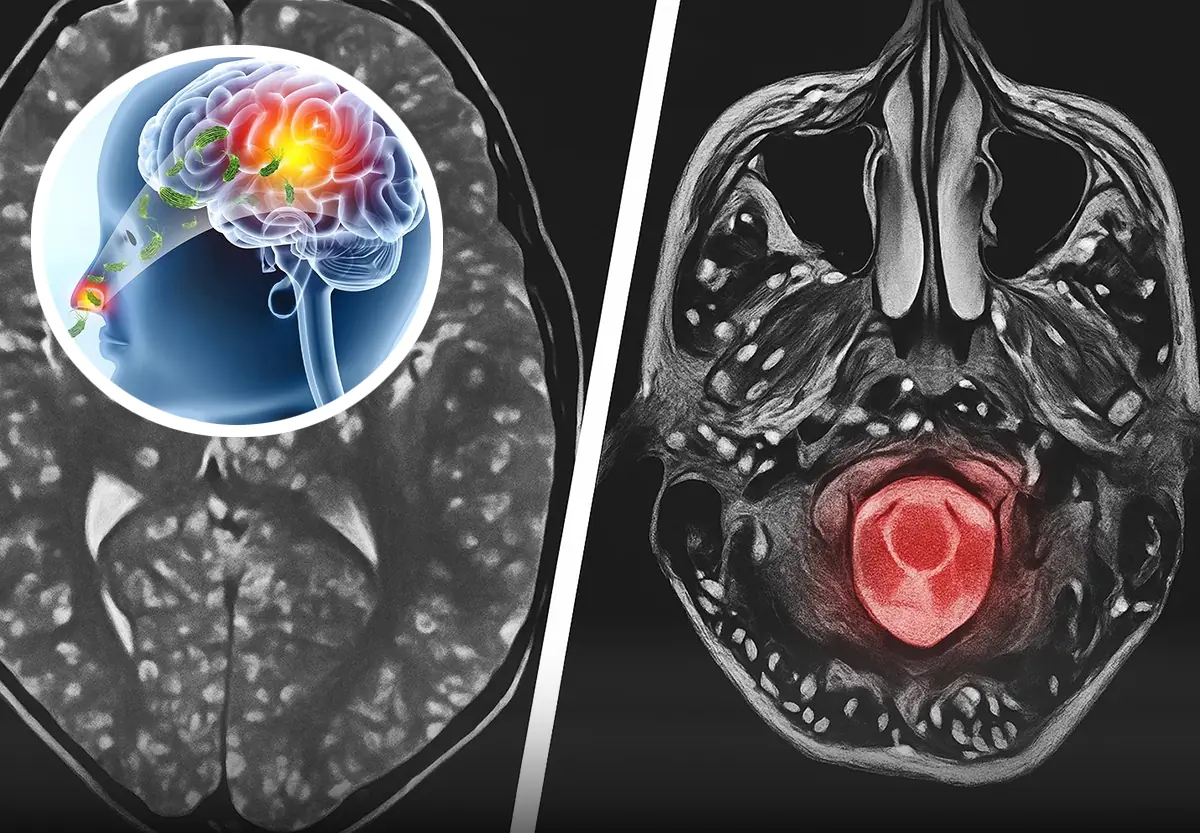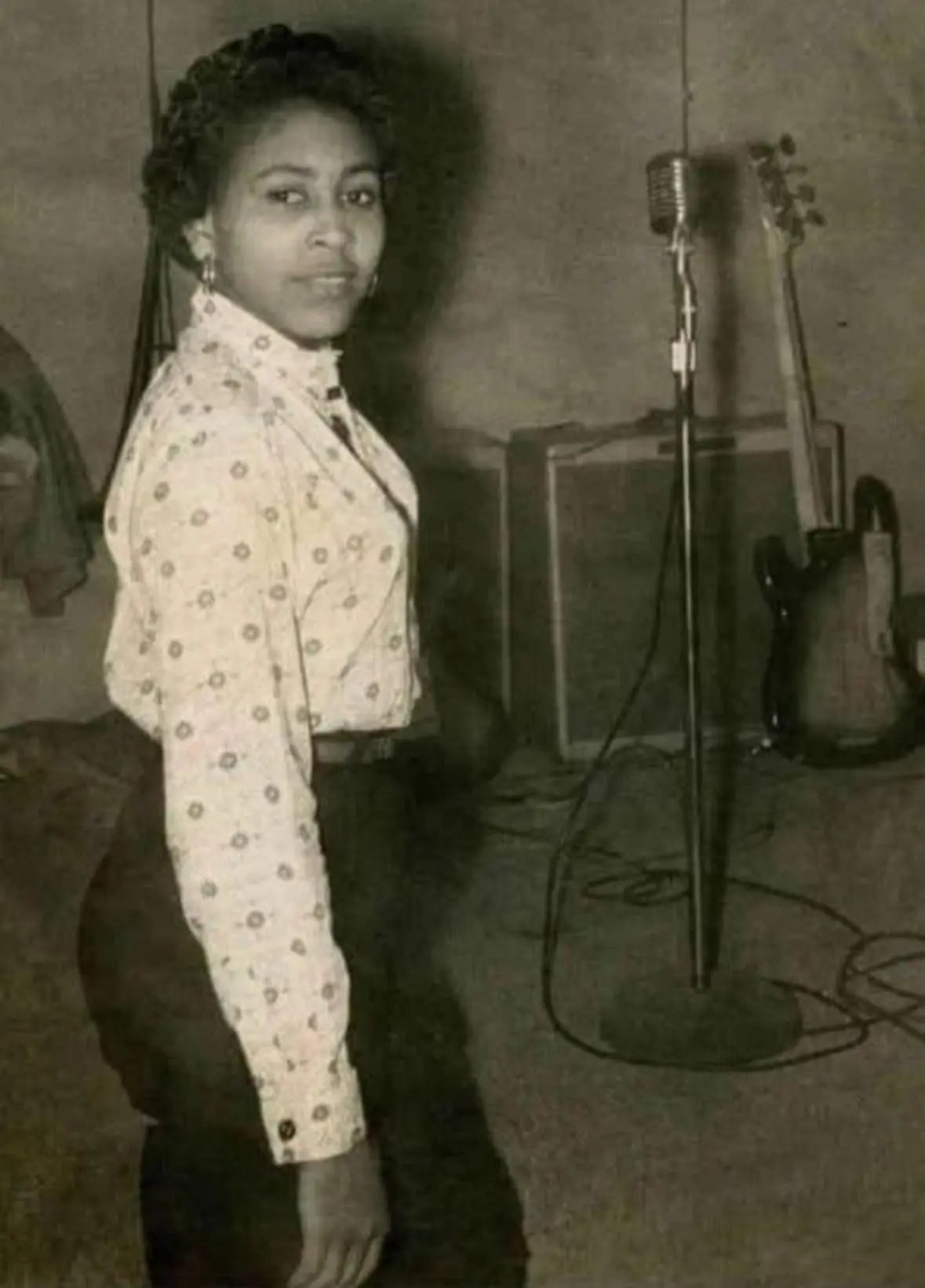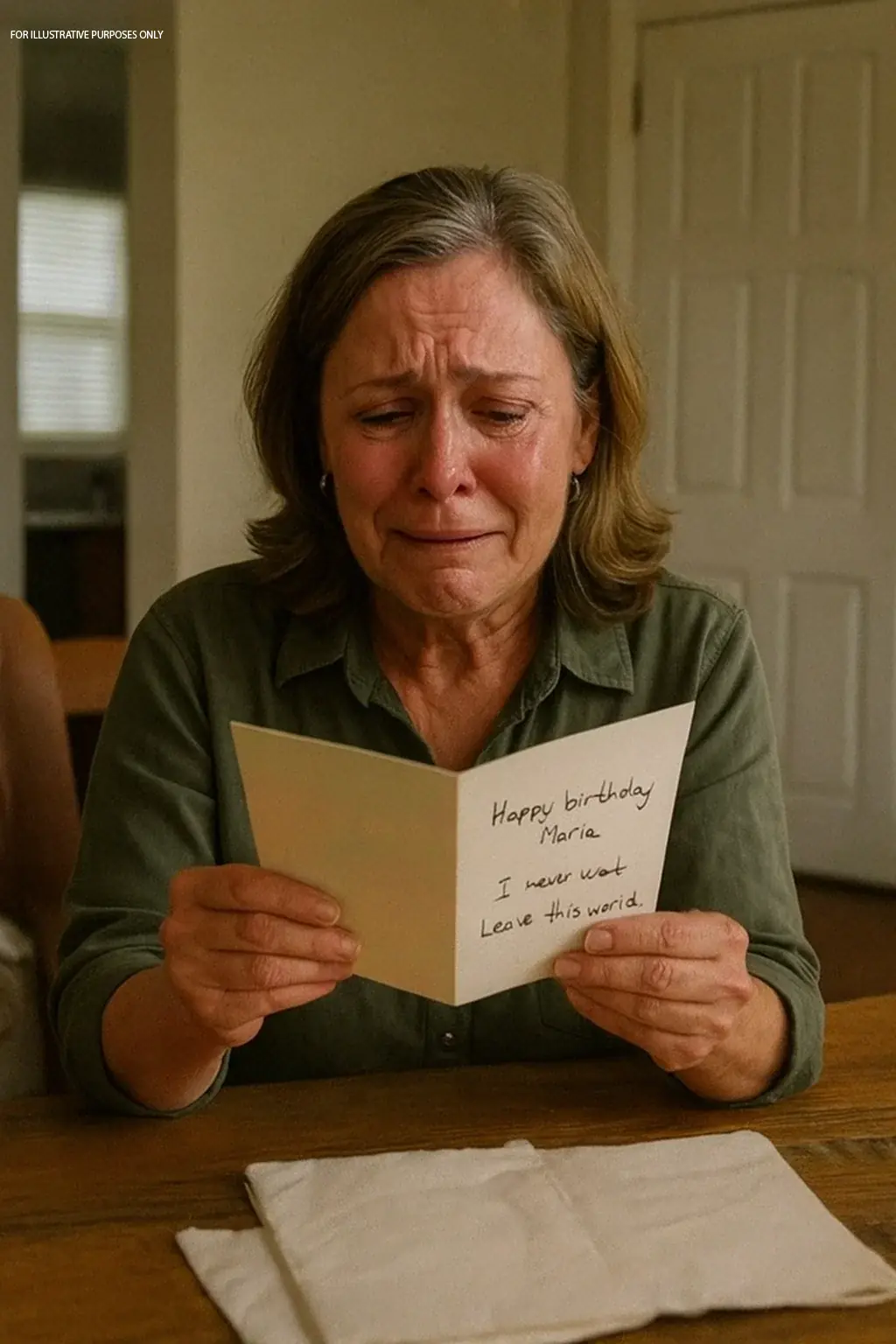Stroke, a leading cause of death and disability, increasingly affects young individuals, especially in developing nations. Recognizing stroke's warning signs is crucial for saving lives. Key indicators include sudden numbness or weakness, speech difficult
Stroke is a leading cause of death and disability globally, with an increasing number of younger individuals affected, especially in low and middle-income nations. Recognizing the early signs and acting quickly can be life-saving. Knowing these warning signals and responding promptly could mean the difference between life and death. Here are five critical stroke symptoms you need to be aware of.
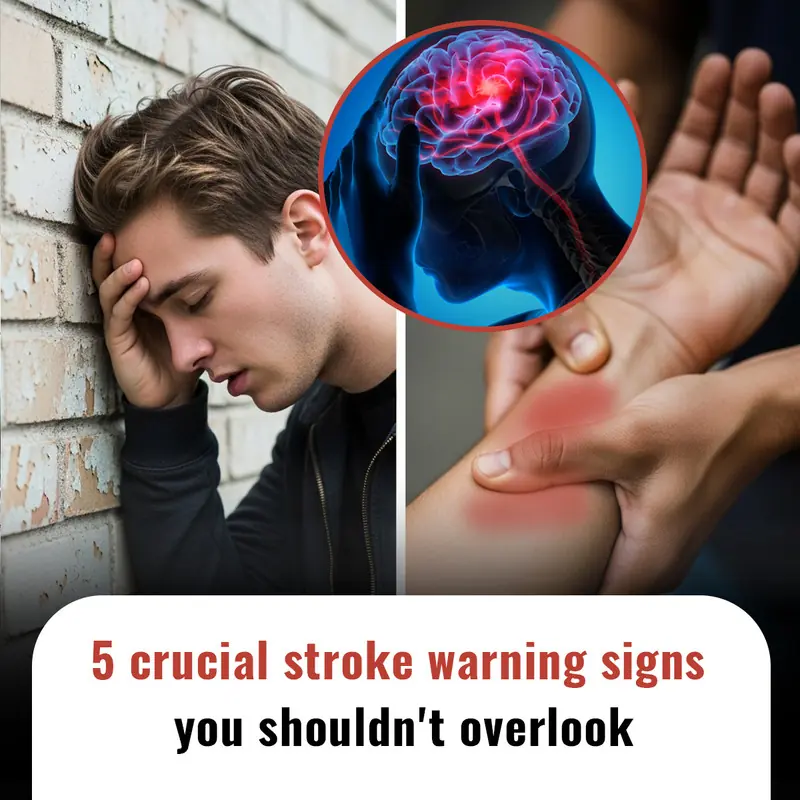
What is a Stroke?
A stroke is a medical emergency that can strike unexpectedly, often with severe consequences. It occurs when blood flow to a part of the brain is blocked or reduced, depriving brain tissue of essential oxygen and nutrients. A transient ischemic attack (TIA), also known as a 'mini stroke,' involves a temporary blockage in blood flow. Though the symptoms of a TIA usually resolve within minutes to hours, it can be a warning of a more severe stroke that requires immediate attention.
Sudden Numbness or Weakness
One of the key signs of a stroke is sudden numbness or weakness, particularly on one side of the body. This may affect the face, arm, or leg, making it difficult to move or feel. A person might experience drooping on one side of the face or find it hard to lift an arm. These symptoms can appear suddenly without any warning. If you observe someone struggling to smile or raise both arms, act quickly and seek help immediately.
Difficulty Speaking or Understanding
Slurred speech or difficulty understanding basic phrases is a major red flag for stroke. This happens when a stroke impacts the brain's language centers, causing confusion or distorted speech. Even something as simple as saying “the sky is blue” can become a challenge. This symptom is often mistaken for intoxication. If speech becomes slurred unexpectedly, seek immediate medical help.
Vision Problems
Sudden changes in vision, such as blurriness, double vision, or partial vision loss in one or both eyes, are strong indicators of a stroke. It can feel like a curtain has dropped over one eye or difficulty seeing out of one side. If any changes in vision occur, treat it as an emergency and seek immediate medical attention.
Intense Headache
A sudden, severe headache can be a crucial sign of stroke, often described as the worst headache ever experienced. If it’s accompanied by nausea, vomiting, or dizziness, don’t wait. This type of headache is common with hemorrhagic strokes, which occur when a blood vessel in the brain bursts. While headaches are common, this particular type strikes suddenly and intensely. If the headache is unusually strong, seek medical care without delay.
Loss of Balance or Coordination
Sudden dizziness, trouble walking, or loss of coordination may be signs of a stroke affecting the cerebellum or brainstem. These symptoms can make a person stumble, feel unsteady, or have difficulty picking up objects. Often, these signs appear along with other symptoms, such as numbness or speech issues. It may affect the person’s ability to walk straight or maintain balance.
If you notice any of these symptoms, don’t hesitate—call emergency services right away. Time is critical in the event of a stroke.
Note: This information is based on internet research and is for general knowledge purposes only. It is not a substitute for professional medical advice.









